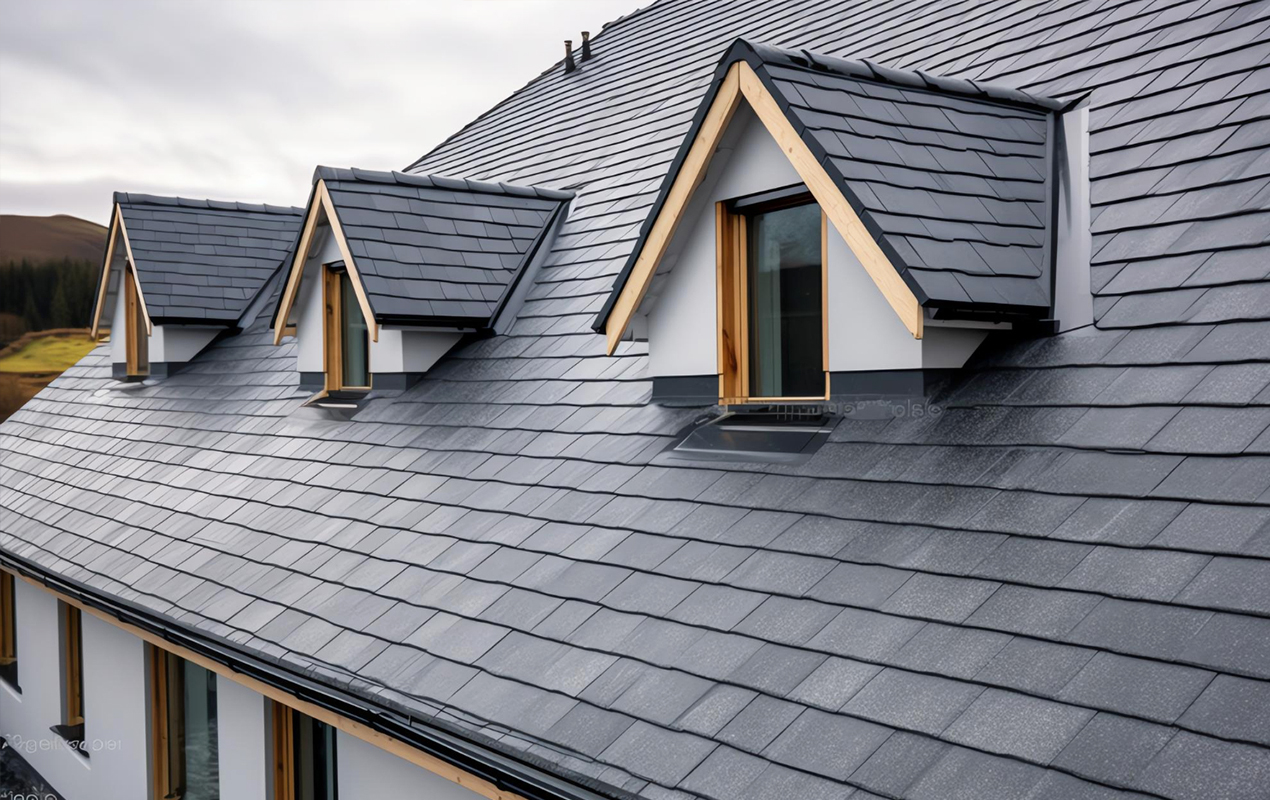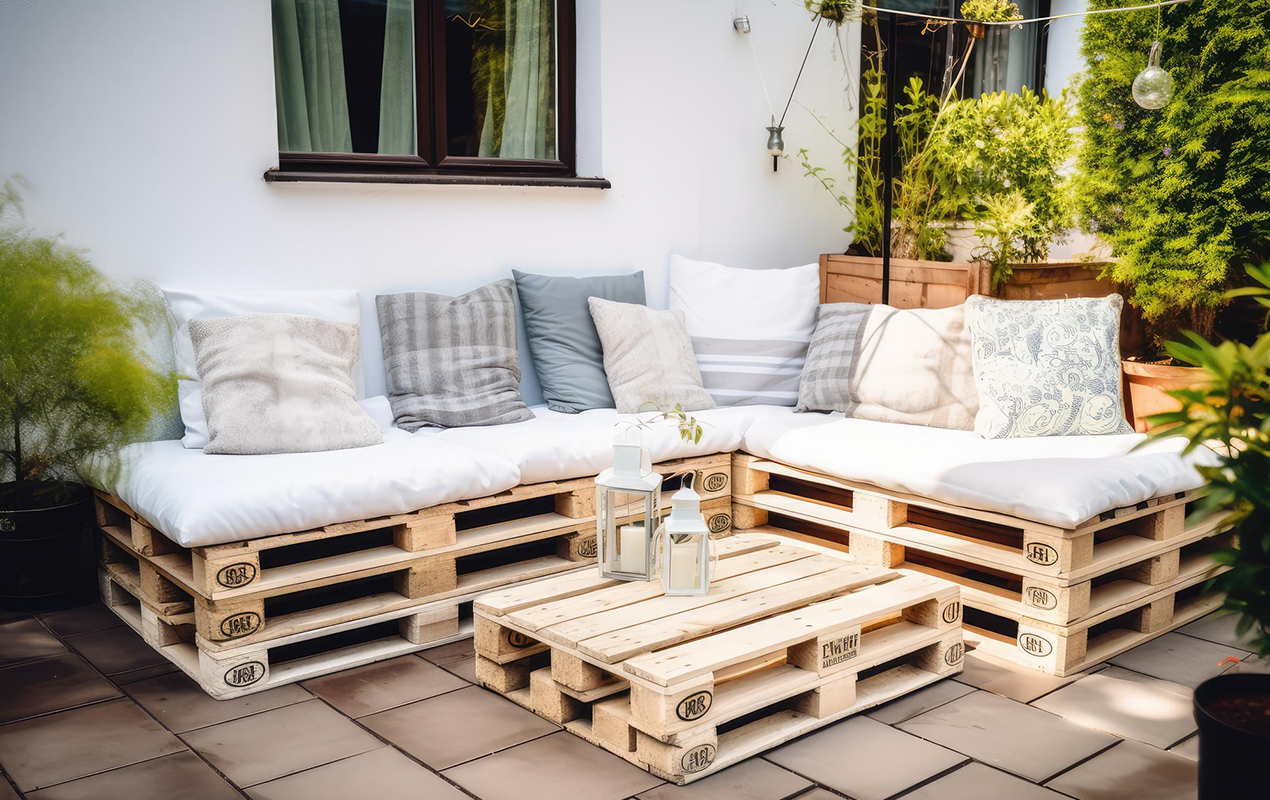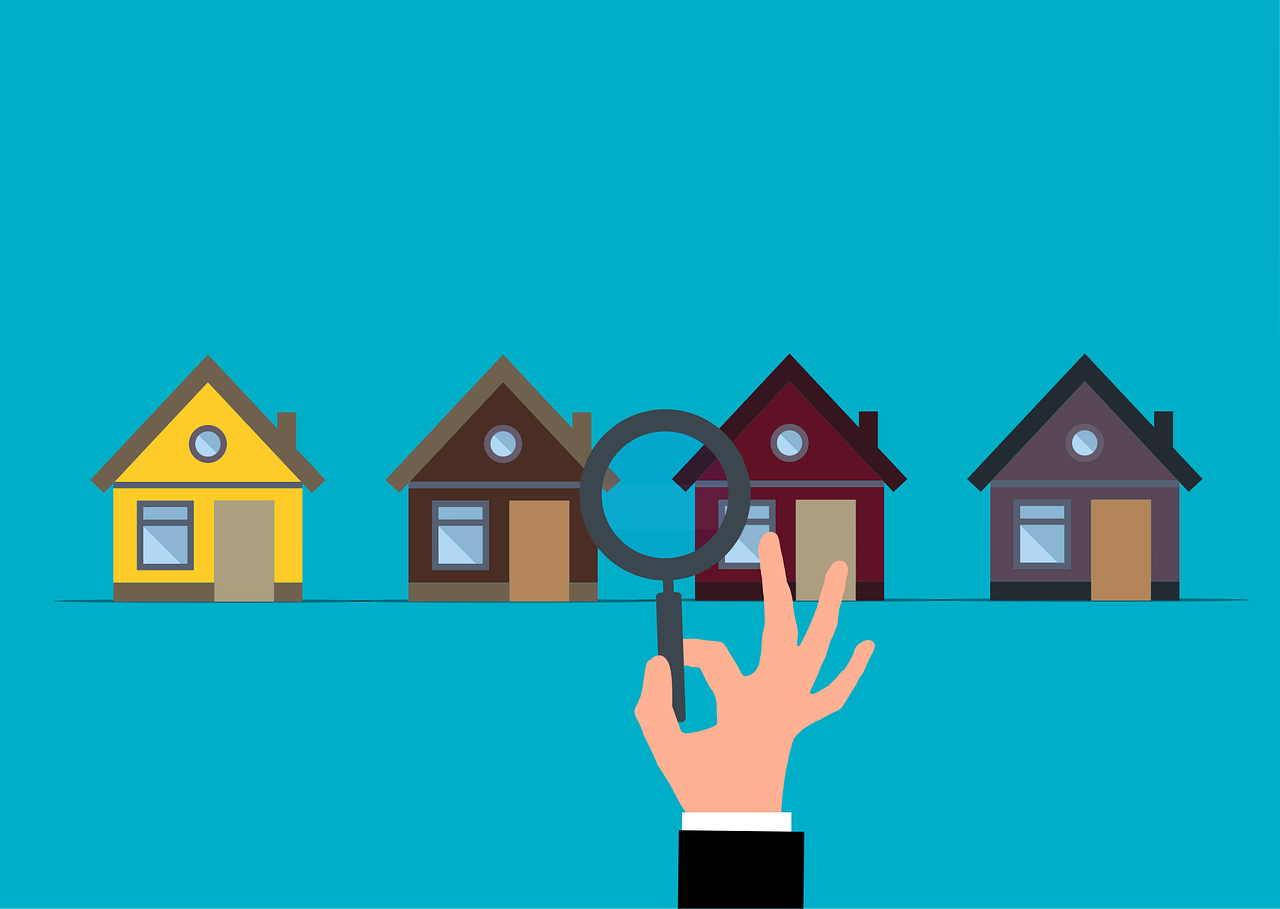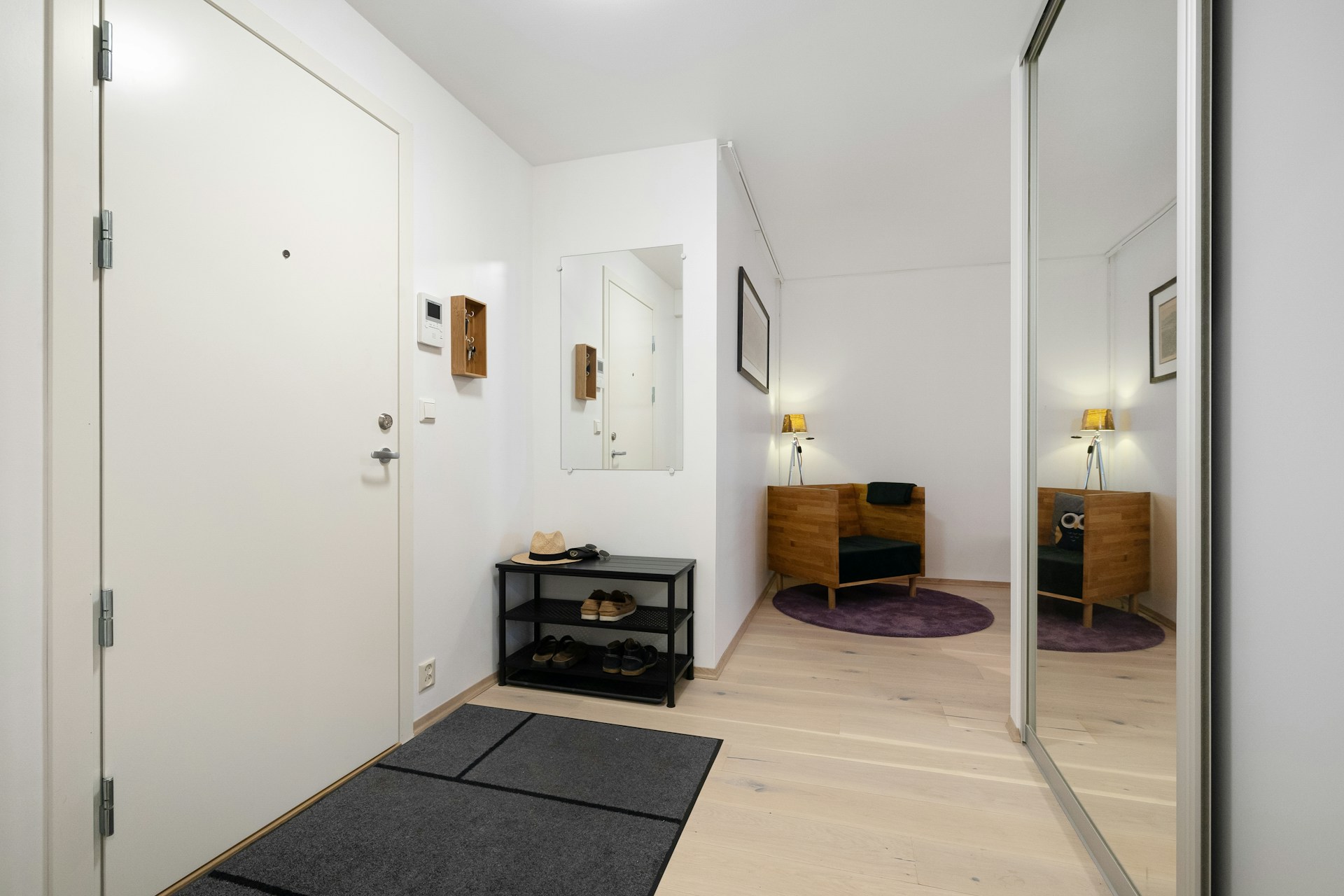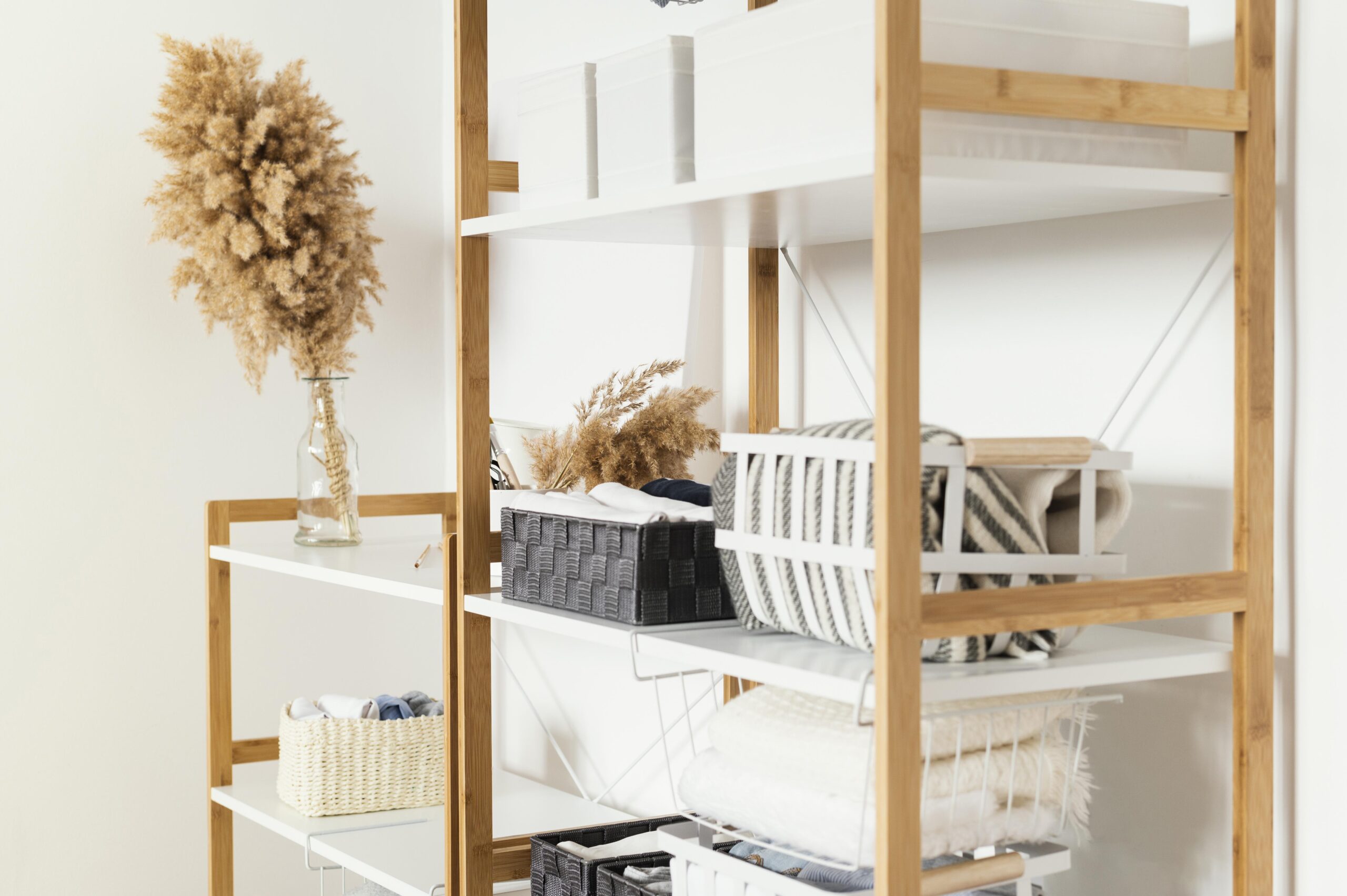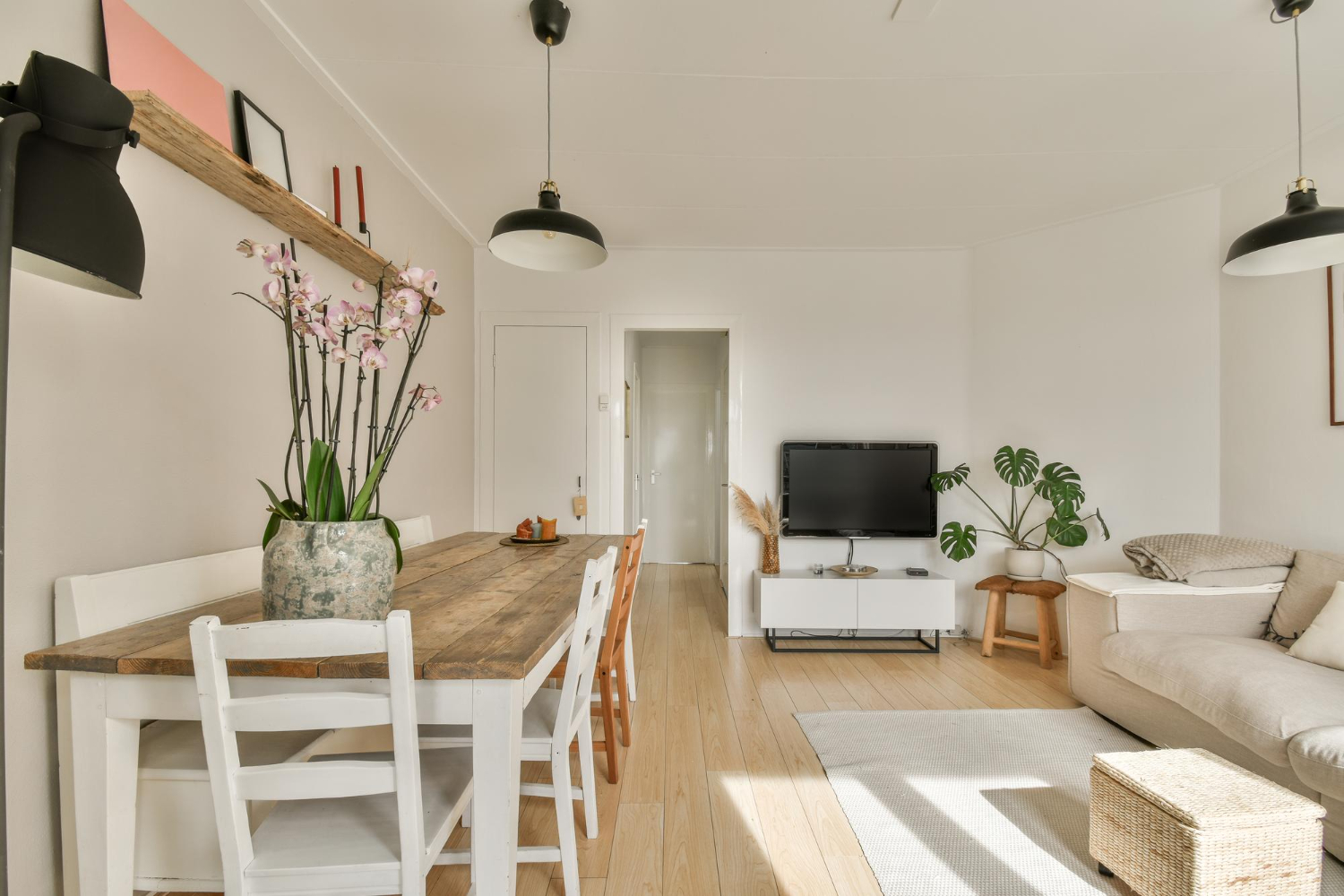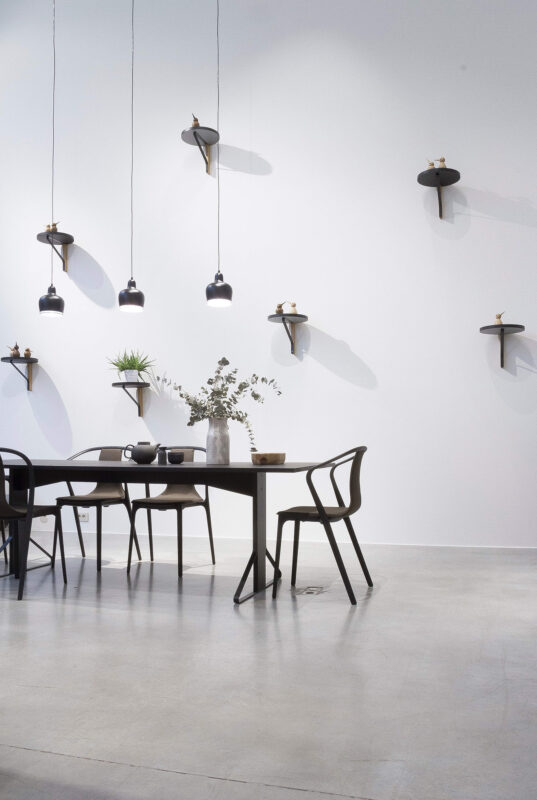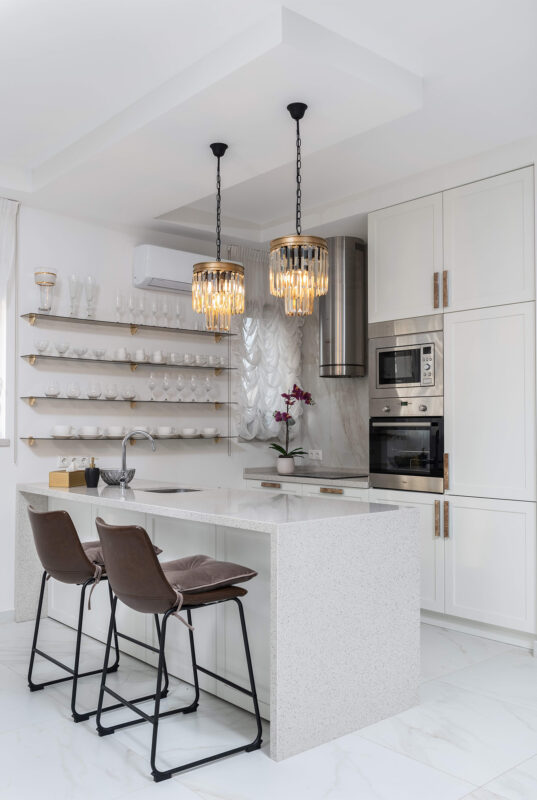Blog
Energy Saving Ideas That Also Protect Your Property
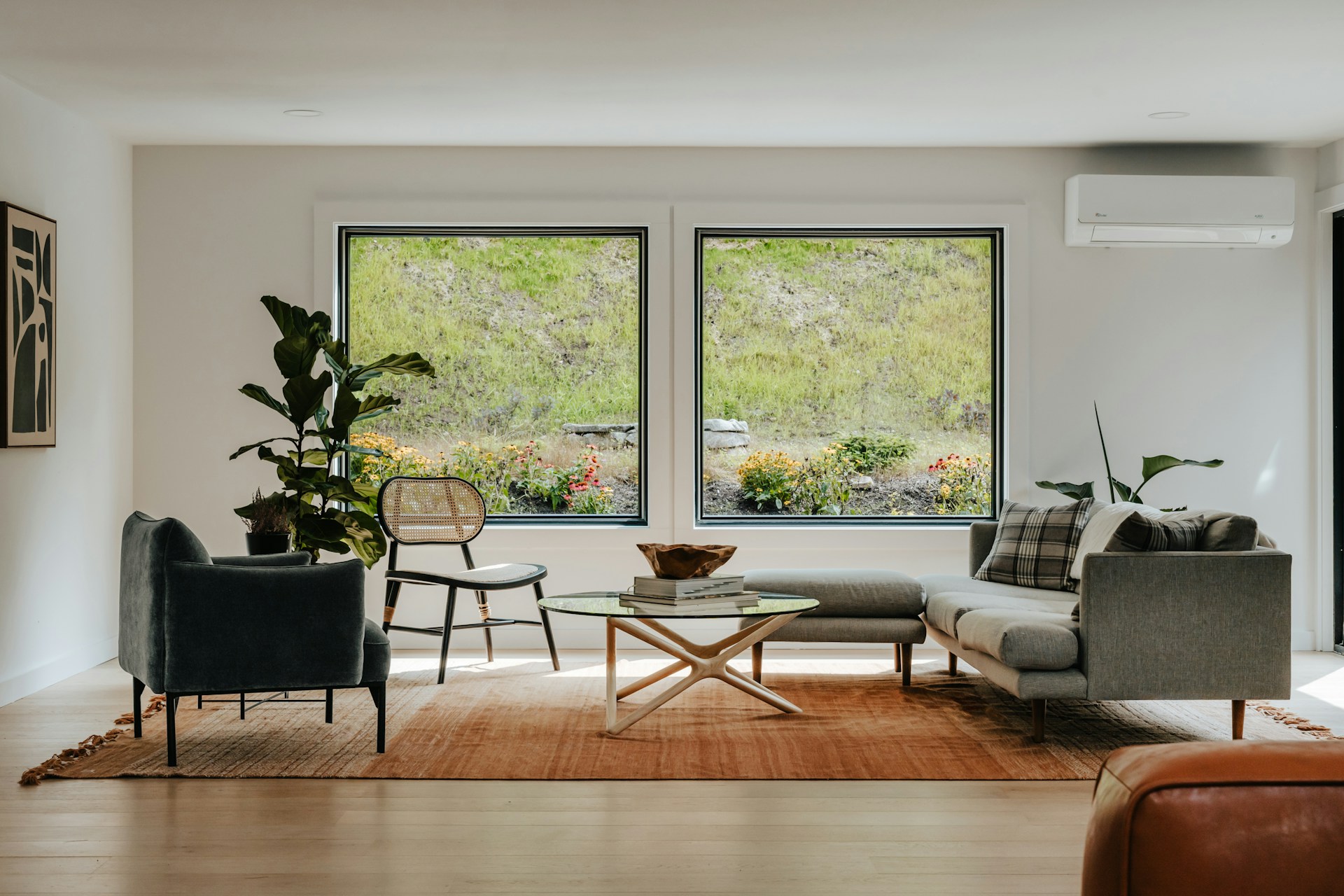
Reducing energy consumption is a pressing concern for many homeowners, as it has a financial impact and contributes to environmental sustainability. There are numerous strategies to save energy while simultaneously protecting your property from potential threats, including extreme weather conditions and home invasions. Adopting energy-efficient practices can lead to a significant reduction in utility bills while ensuring the safety of your home. This article explores various energy-saving techniques that enhance home security and promote a more sustainable lifestyle.
Insulation Improvements for Energy Efficiency
Insulation serves as the backbone of a well-performing home. Proper insulation minimizes the transfer of heat, keeping your home cooler in the summer and warmer in the winter. The benefits of insulation extend beyond energy savings; it plays a vital role in protecting your property from moisture intrusion and pest infestations. Insulating your attic and walls can
significantly reduce your heating and cooling costs, sometimes by as much as 20 percent.
Consider upgrading to high-quality insulation materials for better performance. Sealing any gaps around windows and doors keeps your energy bills in check and prevents air leaks that could compromise your home’s safety. Using energy-efficient insulation products helps maintain a consistent internal temperature, ensuring both comfort and energy savings throughout the year.
Installing Energy-Efficient Windows
Windows can greatly impact a home’s energy efficiency. Replacing old, single-pane windows with energy-efficient models may reduce energy loss and enhance your home’s aesthetic appeal. Double-glazed or low-E windows are excellent choices due to their thermal performance and UV protection.
These windows can reduce heat gain in summer and heat loss in winter, contributing to lower energy bills. Investing in hurricane impact windows and doors Miami or elsewhere offers the dual benefit of giving your home a modern look while providing important protection during storms. Quality windows can reduce noise pollution, creating a quieter and more peaceful living environment. Protecting your home against extreme weather events becomes easier with products specifically designed to withstand such conditions.
Smart Thermostats for Reduced Energy Consumption
Smart thermostats are an excellent investment for homeowners looking to save on energy costs without sacrificing comfort. These devices allow you to program temperature changes according to your schedule and even adjust settings remotely via a smartphone app. This precision ensures that energy is not wasted heating or cooling an empty home. Studies have shown that using a smart thermostat can save homeowners up to 10-15 percent on heating and cooling bills.
Many smart thermostats learn your habits, making adjustments automatically. Besides saving on bills, they contribute to time management and comfort in your home environment. The integration of smart technology facilitates savings and enhances the efficiency of your heating and cooling systems.
Energy-Efficient Lighting Options
Lighting can account for a significant portion of your home’s electricity bill. Transitioning to energy-efficient lighting solutions, such as LED bulbs, dramatically reduces energy usage. LED lights consume up to 75 percent less energy than traditional incandescent bulbs and last significantly longer, minimizing replacement frequency.
By installing motion sensors or timers, you can optimize energy use in areas like hallways, entryways, and garages. Natural light should be maximized during the day. Keeping curtains and blinds open allows sunlight to illuminate your space, reducing the need for artificial lighting. Creating a well-lit environment without relying heavily on electricity can enhance safety by deterring potential intruders while lowering energy costs.
Water-Saving Practices
Reducing water usage is directly tied to energy conservation, particularly in homes with heating systems reliant on water. Conserving water means less energy is used for heating and pumping. Employing low-flow fixtures in sinks, showers, and toilets is one effective way to minimize water waste. On average, low-flow showerheads can save approximately 2,700 gallons of water per year per household.
Implementing rainwater harvesting systems can be beneficial, providing water for irrigation or non-potable uses. These setups can significantly reduce dependence on municipal water supply and cut down the energy utilized in water processing. Making these adjustments conserves energy and contributes significantly to the sustainability of your home.
Landscaping for Energy Efficiency
Landscaping can provide significant energy savings through natural climate control. Planting trees and shrubs strategically can create windbreaks, reducing heating costs in winter. Deciduous trees provide shade during summer months, lowering air conditioning needs. Maintaining a healthy garden can improve air quality around your home.
Choosing native plants that require less water supports sustainability. They adapt well to local climate conditions and support local wildlife. An energy-efficient landscape enhances your property and creates a beautiful and functional outdoor space that boosts your home’s appeal.
Final Thoughts
Embracing the energy-saving ideas discussed here can substantially enhance both the efficiency and safety of your home. These measures ensure reduced energy consumption while simultaneously protecting your property from various threats. By implementing a combination of solutions, homeowners can achieve greater comfort without sacrificing security or significantly increasing expenses.
DeCasa Collections is a website that inspires simple, stylish, and practical home ideas for every room. It also highlights the value of eco-friendly renovation, helping homeowners choose smarter materials, reduce waste, and create cleaner, healthier spaces. With easy tips and clear guidance, it supports anyone looking to improve their home in a thoughtful way.

